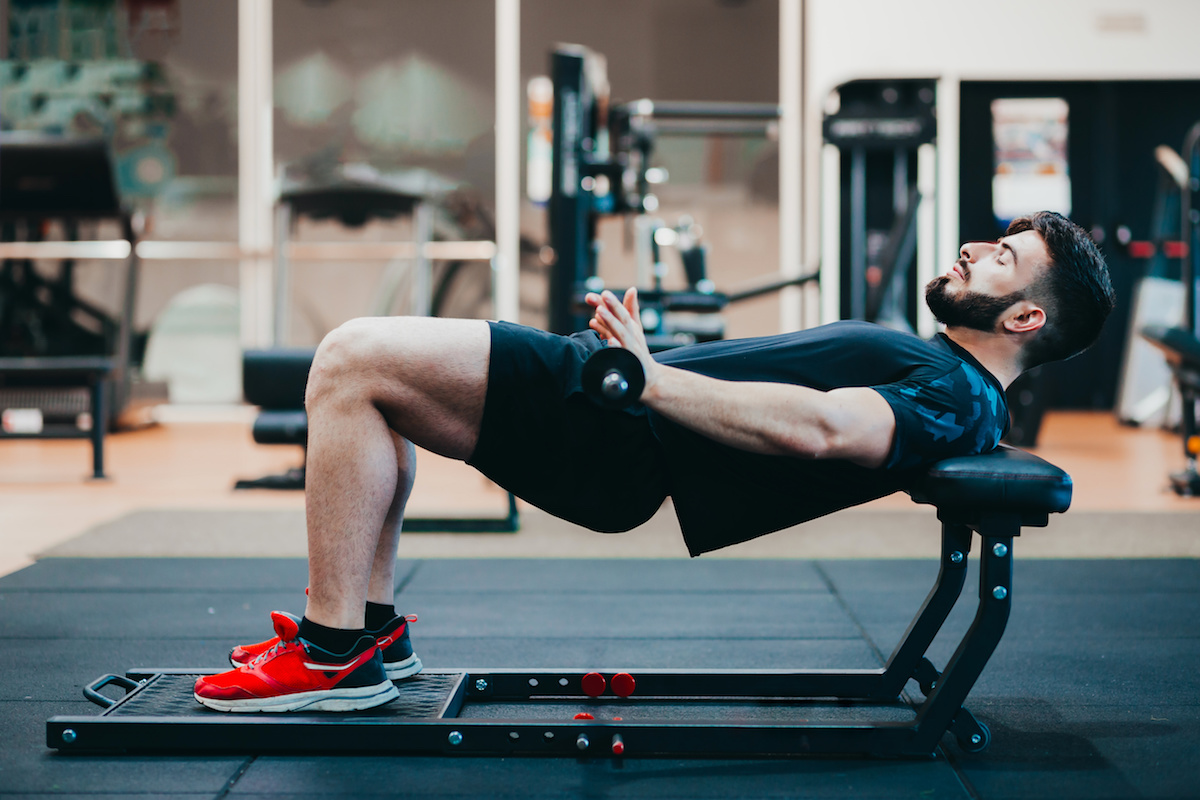What Does Hip Thrust Work? Discover Its Benefits for Beauticians
When it comes to enhancing your overall fitness and body aesthetic, one exercise that is continually hailed is the hip thrust. But what does hip thrust work? This exercise primarily targets the glutes, but its benefits extend far beyond just building an impressive backside. For beauticians who often focus on body aesthetics and overall wellness, understanding the role of the hip thrust can significantly enhance your fitness routines and client advice.
The hip thrust is a fantastic way to engage multiple muscle groups, including the hamstrings and lower back. This exercise is crucial not only for aesthetic purposes but also for improving posture and building strength for everyday activities. If enhancing body shape is a goal for you or your clients, understanding the mechanics of the hip thrust can be a game-changer.

Benefits of Hip Thrusts for Beauticians
As a beautician, you might spend long hours on your feet, bending, and moving about. Strengthening your glutes through hip thrusts can lead to numerous benefits:
1. Improved Posture and Core Strength
Hip thrusts contribute significantly to postural alignment. Strong glutes support the pelvis and lower back, which is essential for maintaining good posture, especially for those who spend long hours standing while performing beauty treatments.
2. Enhanced Lower Body Strength
Focusing on glute strength through hip thrusts can enhance overall lower body strength. This strength is not only critical for beauticians but also for their clients who may desire better balance and movement control.
3. Aesthetic Body Sculpting
The visual result of consistent hip thrust training is a well-defined glute area. This aesthetic appeal aligns perfectly with the goals of beauticians and their clients who aspire to a toned and fit physique. The hip thrust has gained popularity specifically for this reason among bodybuilders and fitness enthusiasts.
4. Injury Prevention
Stronger glutes can help stabilize the hips, reducing the risk of injuries, particularly in the lower back and knees. Beauticians can prevent common injuries by incorporating hip thrusts, ensuring they can continue their work without experiencing discomfort.

What Muscles Are Engaged During Hip Thrusts?
The hip thrust is renowned for its effectiveness in targeting several muscles:
1. Gluteus Maximus
This is the primary muscle worked during hip thrusts. The gluteus maximus is the largest muscle in the human body, and strengthening it can uplift the overall appearance of the backside.
2. Hamstrings
The hamstrings play a supportive role during hip thrusts. As they contract, they help lift the body, which is essential for achieving the correct form.
3. Erector Spinae
These muscles support your spine, and engaging them through hip thrusts contributes to strength improvements and better overall back health.

Incorporating Hip Thrusts Into Your Routine
Adding hip thrusts to your regular fitness regimen can be easy. Incorporate them into your routine using various methods:
1. Bodyweight Hip Thrusts
Beginners can start with bodyweight hip thrusts to master the technique. Lying on your back, with your shoulder blades supported on a bench and knees bent, push through the heels to lift your hips.
2. Weighted Hip Thrusts
Once comfortable, you can add weights like a barbell or dumbbells to increase resistance. This modification will enhance strength gains and muscle growth over time.
3. Variations of Hip Thrusts
Try performing single-leg hip thrusts or using resistance bands to engage the muscles differently and keep your workouts fresh.

Comparing Hip Thrusts with Other Exercises
Many beauticians might wonder how hip thrusts are different from other similar exercises. For instance, glute bridges are often compared to hip thrusts.
Hip Thrusts vs. Glute Bridges
Hip thrusts allow for a deeper range of motion than glute bridges, leading to greater muscle engagement and strength improvements. They are often recommended for those seriously working on glute strength.
Other Exercises for Glutes
In addition to hip thrusts, beauticians can explore other glute-targeted workouts. Lateral band walks, squats, and deadlifts are all excellent options that complement hip thrust routines.
Myths About Hip Thrusts
Despite their popularity, several misconceptions surround hip thrusts:
1. Hip Thrusts Are Only for Bodybuilders
While competitive athletes benefit greatly from hip thrusts, beauticians and everyday fitness enthusiasts can also enjoy these advantages.
2. Hip Thrusts Are Dangerous
When performed correctly, hip thrusts are safe and can be highly beneficial. Focusing on form reduces the risk of injury.
3. Weight Is Necessary
Many may assume that heavy weights are essential for effective hip thrusts. However, mastering the form with body weight is a great starting point.
FAQ:
1. How do hip thrusts compare to squats?
Hip thrusts primarily target the glutes, whereas squats engage multiple muscle groups, including the quads and hamstrings. Both are beneficial to include in a routine.
2. Can beginners perform hip thrusts?
Yes, beginners can start with bodyweight hip thrusts to build strength and then progress to weighted variations.
3. How often should I perform hip thrusts?
Incorporating hip thrusts 2-3 times a week in your routine can yield significant strength and aesthetic benefits without overtraining.
As an Amazon Associate, I earn from qualifying purchases.
